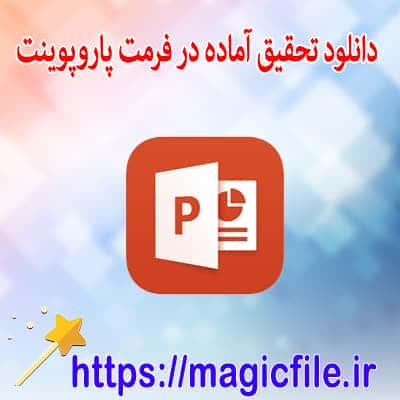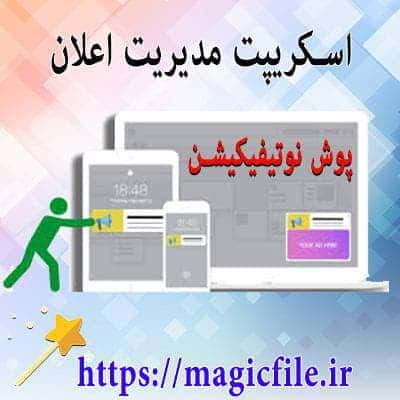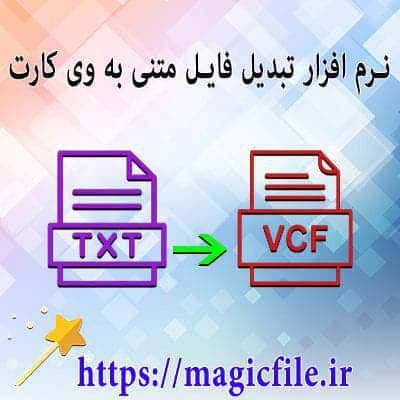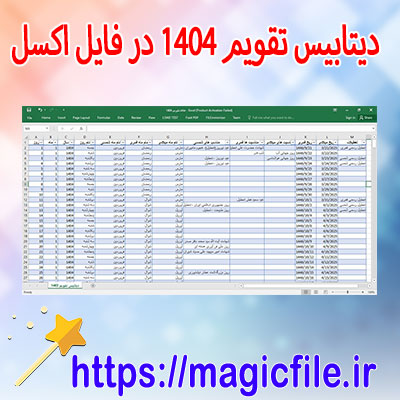مدیریت اطلاعات سیستم (MIS)
مدیریت اطلاعات سیستم، یا MIS، به مجموعهای از سیستمها و فرآیندها اطلاق میشود که اطلاعات مورد نیاز برای مدیریت سازمانها را جمعآوری، ذخیره و پردازش میکند. این سیستمها به مدیران کمک میکنند تا تصمیمات بهتری بگیرند و عملکرد سازمان را بهبود بخشند.
MIS شامل اجزای مختلفی است.
اولین جزء، سختافزار است.
این شامل کامپیوترها، سرورها و سایر دستگاههای الکترونیکی میشود.
دومین جزء، نرمافزار است.
نرمافزارها ابزارهایی هستند که اطلاعات را پردازش میکنند و به تحلیل دادهها کمک میکنند.
سومین جزء، دادهها هستند.
این اطلاعات میتوانند از منابع مختلفی مانند پایگاههای داده، گزارشها و نظرسنجیها جمعآوری شوند.
علاوه بر این، نیروی انسانی نیز نقش کلیدی دارد.
مدیران و تحلیلگران اطلاعات باید قادر باشند دادهها را تفسیر کنند و از آنها در تصمیمگیریها استفاده کنند.
MIS به چندین روش به سازمانها کمک میکند.
اولاً، با ارائه اطلاعات دقیق و بهموقع، مدیران میتوانند تصمیمات بهتری اتخاذ کنند.
دوماً، این سیستمها به شناسایی الگوها و روندها کمک میکنند.
به عنوان مثال، یک سازمان میتواند با تحلیل دادههای فروش، متوجه شود که کدام محصولات بیشتر مورد توجه مشتریان قرار میگیرند.
در نهایت، MIS با افزایش کارایی و کاهش هزینهها، به بهبود عملکرد کلی سازمان کمک میکند.
به طور کلی، مدیریت اطلاعات سیستم به عنوان یک ابزار استراتژیک در دنیای امروز شناخته میشود و برای رقابت موفقیتآمیز ضروری است.
MANAGEMENT INFORMATION SYSTEM (MIS): A COMPREHENSIVE OVERVIEW
Management Information System, commonly known as MIS, is a sophisticated blend of technology, people, and processes designed to support managerial decision-making. Its core purpose revolves around gathering, processing, and transforming raw data into meaningful information, ultimately aiding managers to plan, control, and evaluate organizational activities efficiently. The importance of MIS cannot be overstated; it serves as the backbone for strategic planning and operational effectiveness across various industries.
THE COMPONENTS OF MIS
MIS comprises several integral components that work together seamlessly:
- Hardware: The physical devices such as computers, servers, and networking equipment that facilitate data collection and processing.
- Software: Applications and programs that analyze data, generate reports, and support various managerial functions.
- Data: Raw facts collected from internal and external sources, which serve as the foundation for information.
- People: Users ranging from data entry personnel to senior managers who interpret and utilize the information.
- Processes: Procedures and rules that govern data collection, processing, and dissemination.
FUNCTIONS AND PURPOSES
MIS performs multiple functions, each vital to organizational success. It collects data from various sources, processes it to produce useful reports, and disseminates information efficiently. These reports aid managers in making informed decisions, forecasting future trends, and optimizing resource allocation. Furthermore, MIS enhances communication within the organization, promotes transparency, and fosters strategic alignment.
TYPES OF MANAGEMENT INFORMATION SYSTEMS
Depending upon organizational needs, MIS can be categorized into several types:
- Transaction Processing Systems (TPS): Handle day-to-day transactions like sales, purchases, and payroll.
- Management Reporting Systems (MRS): Generate structured reports for monitoring performance.
- Decision Support Systems (DSS): Assist managers in decision-making, especially under uncertain conditions.
- Enterprise Systems: Integrate core business processes across departments, ensuring consistency and data sharing.
BENEFITS OF IMPLEMENTING MIS
Implementing an effective MIS offers numerous advantages:
- Improved Decision-Making: Accurate, timely data enhances strategic and operational decisions.
- Efficiency: Automation of routine tasks reduces errors and saves time.
- Data Integration: Centralized data improves coordination across departments.
- Competitive Advantage: Firms can respond quickly to market changes, fueled by real-time insights.
- Cost Reduction: Streamlined operations lower operational costs over time.
CHALLENGES AND CONSIDERATIONS
Despite its benefits, MIS implementation faces hurdles. These include high costs, resistance to change, data security concerns, and the need for continuous updates. Additionally, organizations must ensure data quality and train personnel adequately. Proper planning, stakeholder involvement, and ongoing evaluation are essential to overcoming these challenges.
FINAL THOUGHTS
In essence, Management Information System is a vital strategic tool in today’s digital age. Its ability to harness data for better insights empowers organizations to adapt swiftly, innovate continuously, and maintain a competitive edge. As technology advances, the scope and capabilities of MIS will only expand, making it indispensable for sustainable growth and success.





